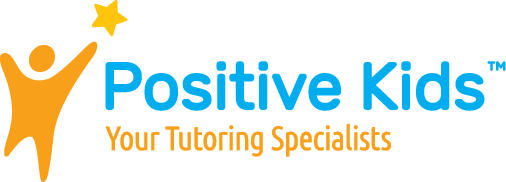Math
Teaching math to children with Attention-Deficit/Hyperactivity Disorder (ADHD) requires a mindful and tailored approach to address their specific needs. Here are some considerations and strategies tutors often employ:
1. Multisensory Learning: Children with ADHD often benefit from multisensory learning experiences. Tutors might use visual aids, manipulatives (such as counting blocks or beads), and interactive activities to engage multiple senses and reinforce mathematical concepts.
2. Short, Structured Sessions: Tutors recognize that children with ADHD may have shorter attention spans. They break down lessons into smaller, manageable segments and use structured sessions with clear goals and timelines to maintain focus.
3. Engagement through Interactive Methods: Interactive and hands-on activities, including games, puzzles, and technology-based learning tools, can capture and sustain the child’s attention while making math more enjoyable and understandable.
4. Utilizing Routines and Visual Cues: Establishing predictable routines and using visual cues or schedules helps children with ADHD better organize their tasks and transitions during math sessions. Visual aids might include charts, diagrams, or step-by-step guides for problem-solving.
5. Incorporating Movement Breaks: Tutors are mindful of incorporating short breaks for movement or physical activities to help release excess energy and improve concentration. These breaks can re-energize the child and enhance their ability to focus on math tasks.
6. Positive Reinforcement and Encouragement: Offering praise and positive reinforcement for effort, progress, and achievements is crucial. Tutors focus on building the child’s confidence and self-esteem in approaching math problems.
7. Individualized Instruction: Understanding that each child with ADHD is unique, tutors adapt their teaching methods to suit the individual learning style and pace of the child. Personalized approaches help address specific challenges and strengths.
8. Patience and Flexibility: Tutors remain patient, flexible, and understanding, recognizing that the child’s attention might fluctuate. They adjust their teaching strategies as needed, allowing for breaks or changing the pace of the lesson.
9. Clear Instructions and Check-Ins: Tutors provide clear, concise instructions and regularly check in with the child to ensure comprehension. They encourage the child to ask questions and express any difficulties they might be facing.
10. collaboration with Parents and Educators: Tutors maintain open communication with parents and teachers to understand the child’s needs better and coordinate strategies for consistent support across different learning environments.
